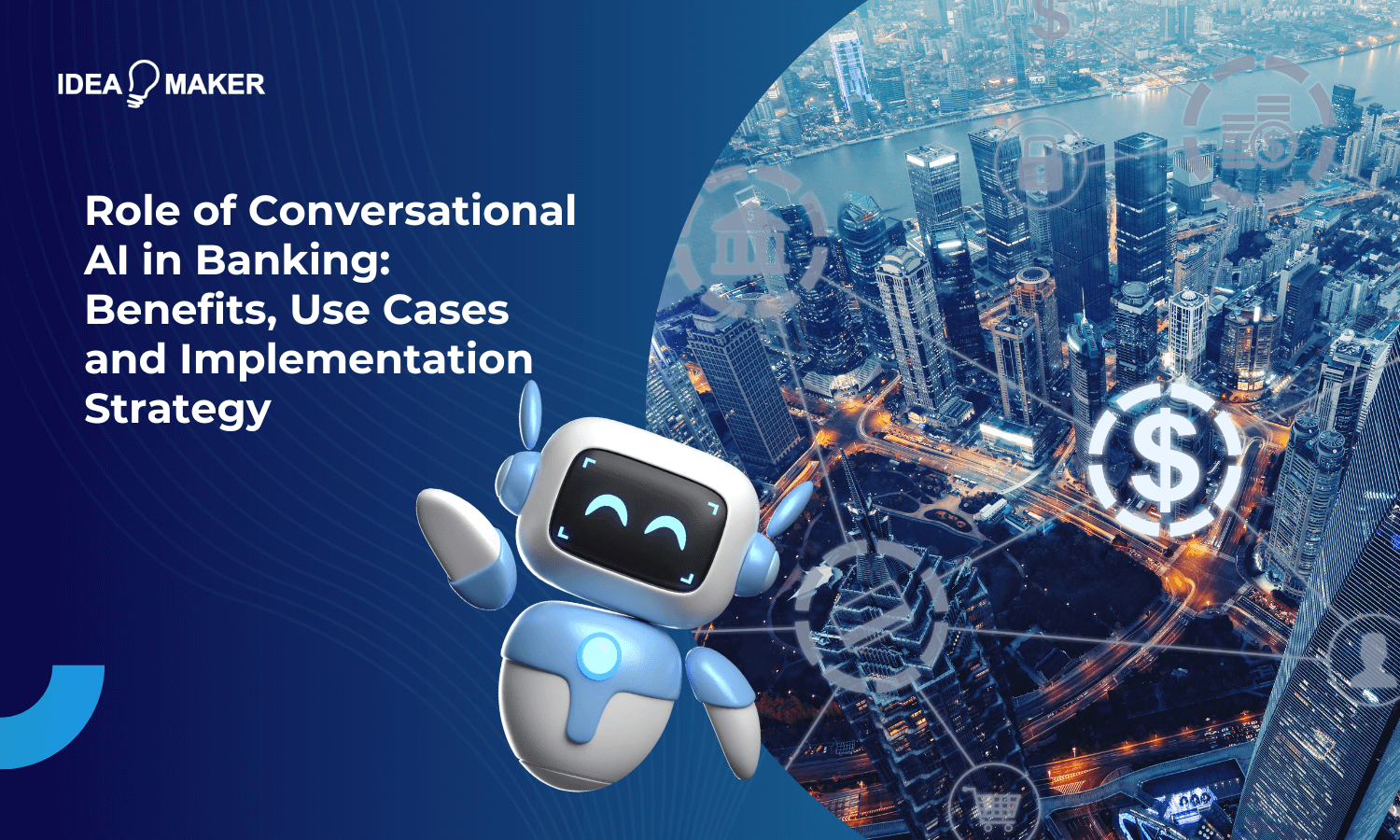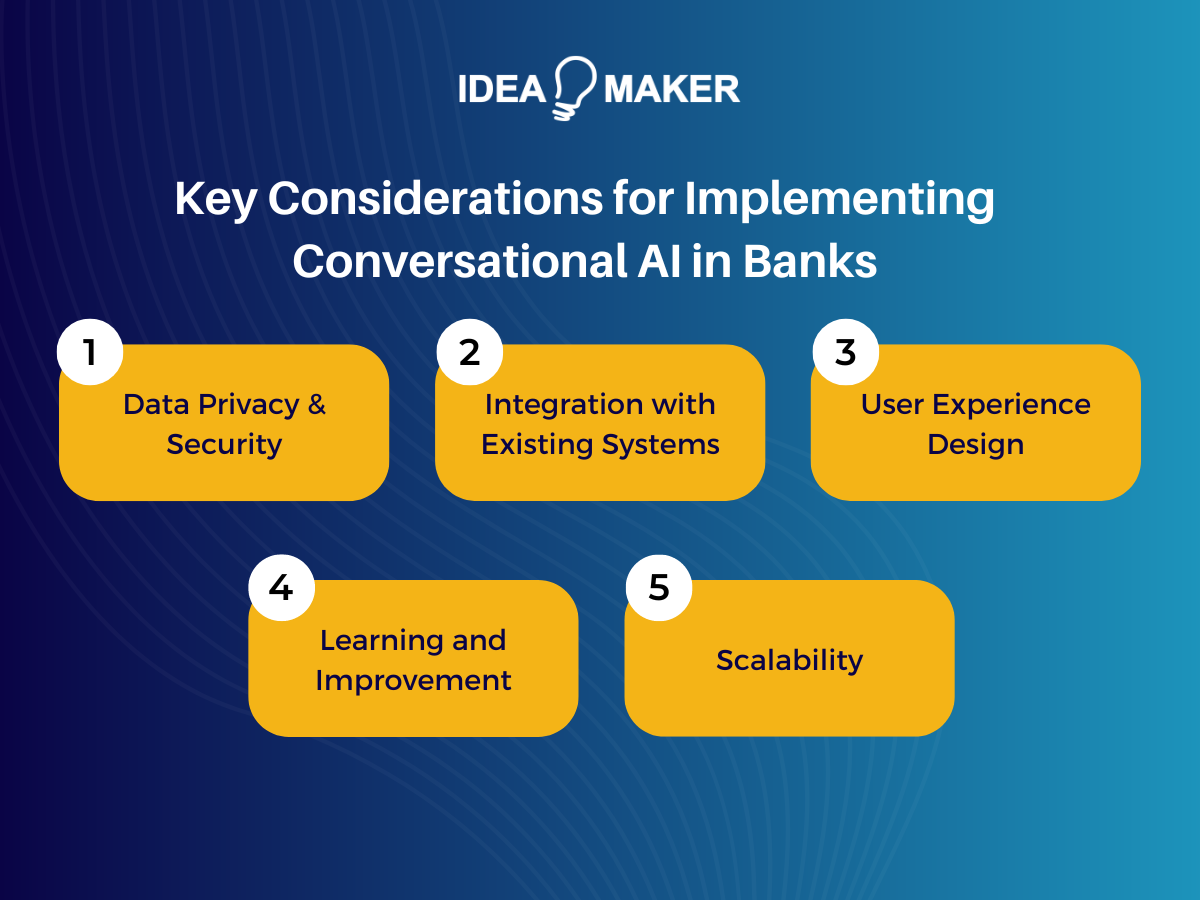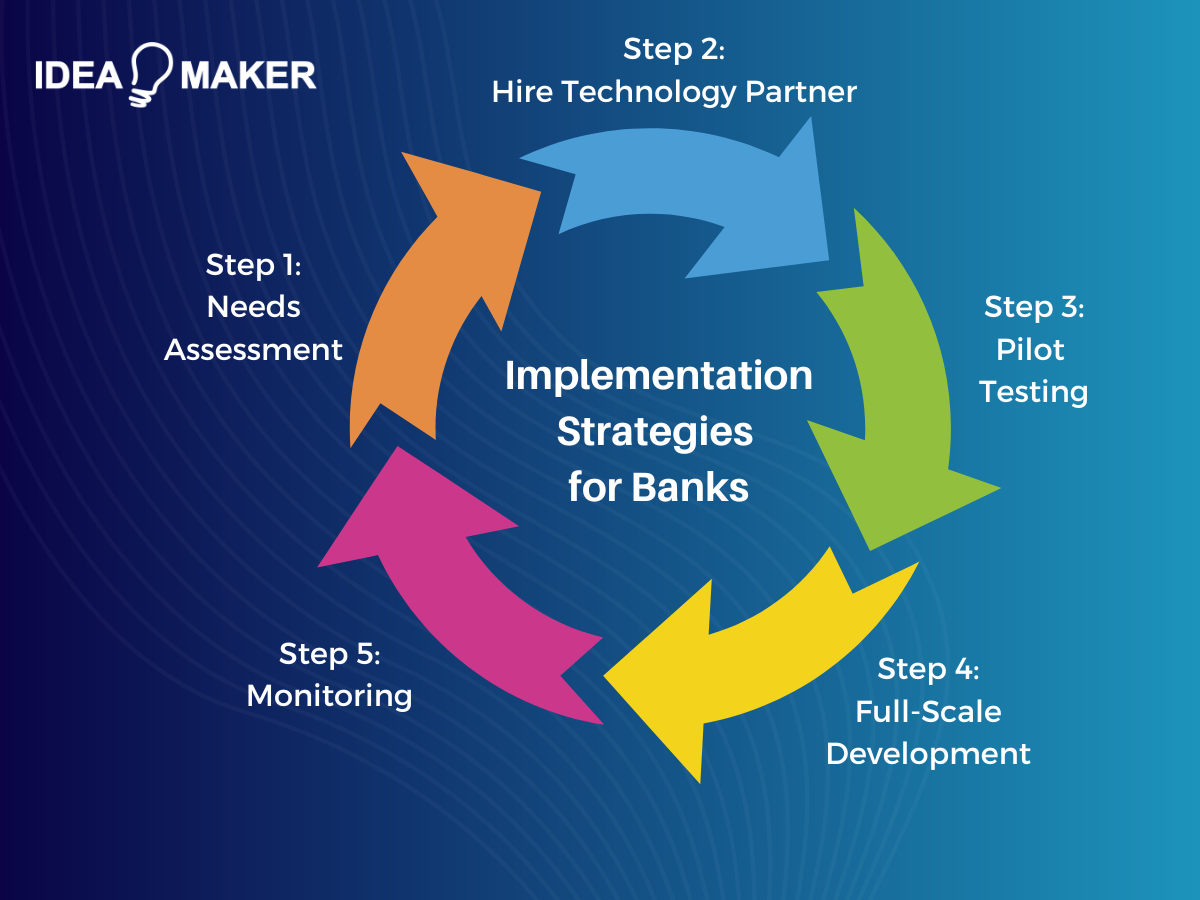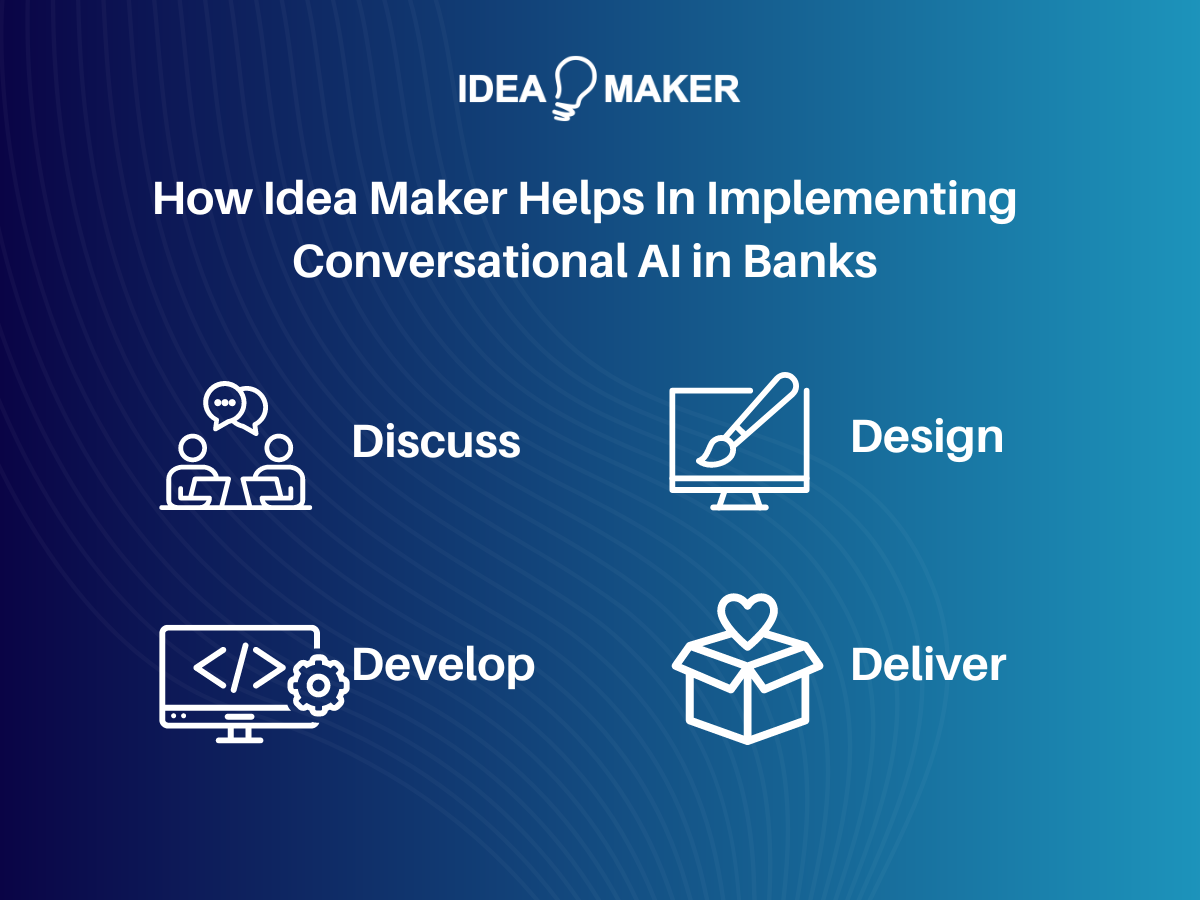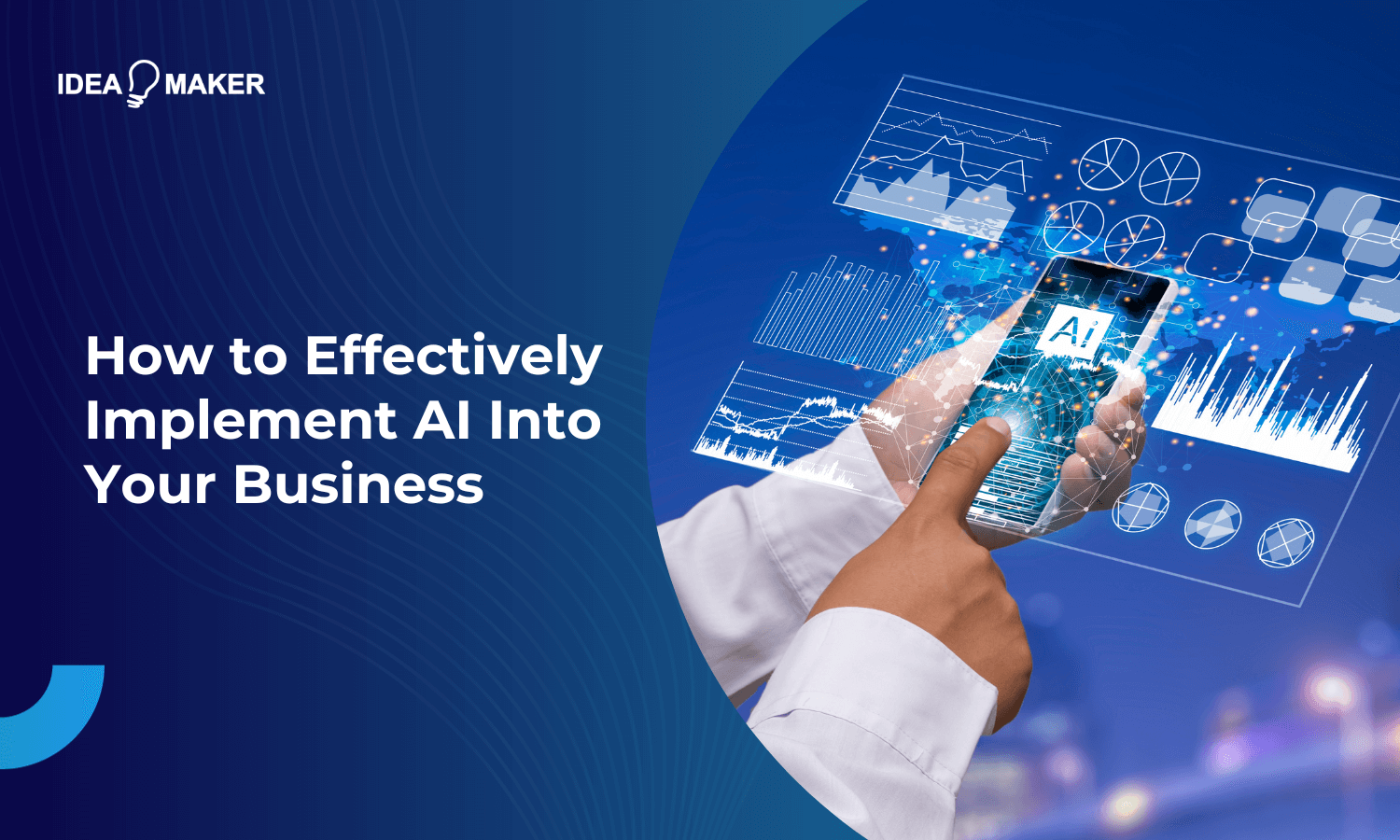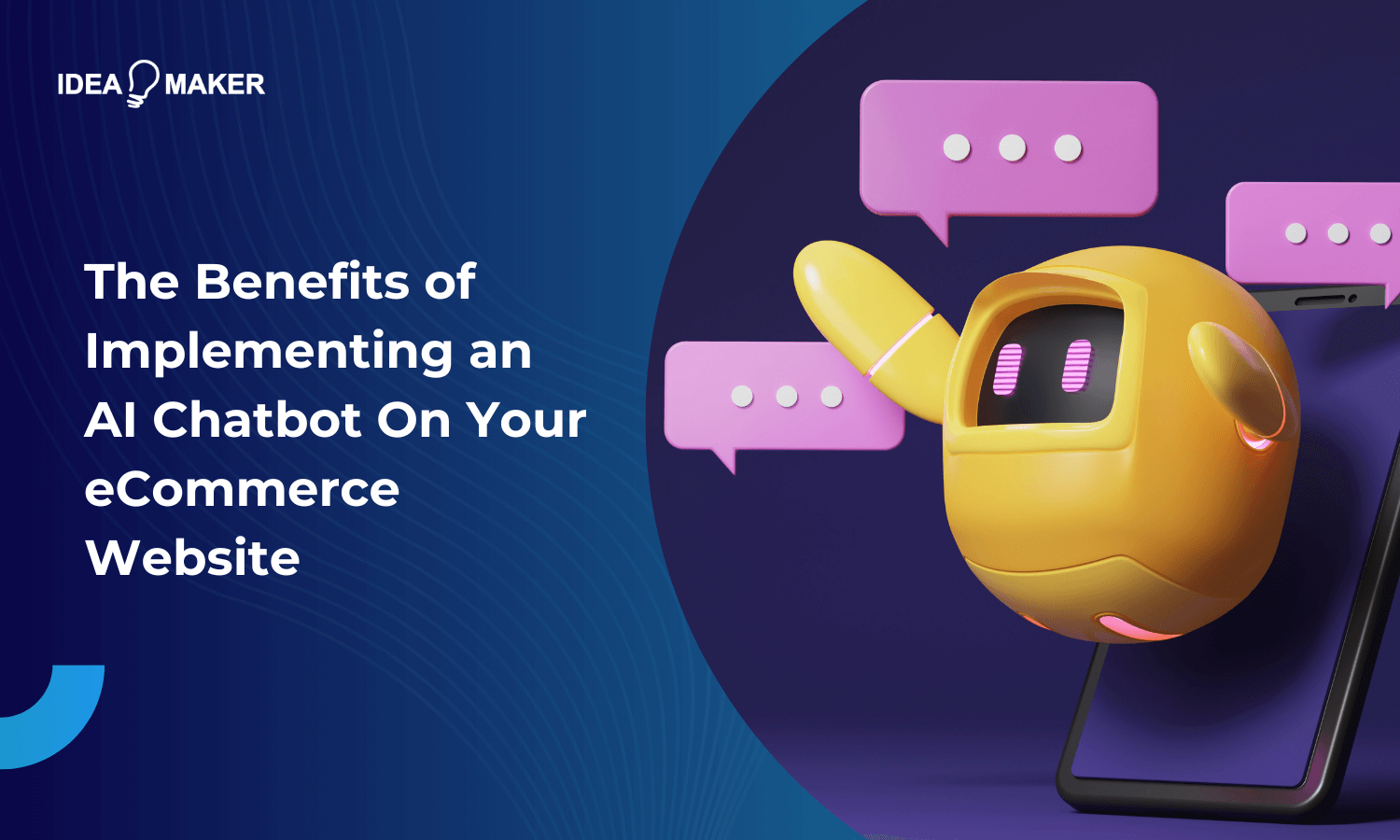The use of conversational AI in banking is on the rise, with many financial institutions adopting the technology thanks to its impressive capabilities. From virtual assistants to transaction processing, conversational AI empowers banks, creating a more efficient and secure financial environment.
However, integrating conversational AI into your banking business is challenging, as it requires several steps and access to complex technology. In this article, we hope to alleviate some of the stress of AI integration by providing you with some essential information on the technology For example, how AI can improve customer service or how you can implement an AI strategy into your bank. By the end of this article, you’ll have an excellent understanding of conversational AI and how it can be used in banking.
Keep reading to learn more.
Table of Contents
What Is Conversational AI?
If you’ve used ChatGPT, Claude, or a similar chatbot, you’ve used conversational AI. In simple terms, conversational AI refers to artificial intelligence models that are able to simulate human-like conversations. Conversational AI works using several advanced technologies, such as natural language processing (NLP) and machine learning to understand processes, and respond to human language.
What Is Conversational AI in Banking?
Conversational AI in banking is where the technology and principles of conversational AI are integrated into banking and financial systems. While this may seem like a new technology, conversational AI in a more primitive form was first introduced to banking in the late 90s as speech recognition. The technology allowed customers to interact with automated phone calls, reducing the need for telephone service agents.
Conversational AI is now used for a variety of functions in banking including transaction processing, customer service, and security enhancements. With such applications as this, conversational AI is disrupting the banking and finance sectors, bringing more power to smaller firms, leveling the competitive playing field.
Benefits of Conversational AI in Banking
Conversational AI in banking and finance brings many benefits, from enhanced customer service to greater innovation opportunities. Below, we’ve listed some of the top advantages of integrating your finance business with conversational artificial intelligence.
Enhanced Customer Service
Banking can significantly enhance customer support by leveraging the power of conversational AI to provide 24/7 support. This ensures that customers can access support any time, day or night. AI-powered chatbots and virtual assistants can deal with a wide range of inquiries, such as balancing checks or transactional history queries. This means that waiting times can be significantly reduced, increasing efficiency and customer satisfaction.
Due to the power of machine learning and natural language processing, complex issues can also be escalated to human customer service agents ensuring seamless customer service AI systems can also leverage customer data to offer personalized recommendations, enhancing overall satisfaction, and increasing customer loyalty by ensuring that recommendations are relevant and timely.
Improved Customer Engagement
Banks can improve customer engagement by leveraging the power of conversational AI in banking to offer personalized interactive experiences. Take, for example, AI-driven chatbots. They can advise customers based on transaction history, preferences, and past behaviors. These interactions enable the maintenance of continuous engagement, which makes customers feel valued and understood.
In addition, AI helps to aid proactive outreach, such as notifications for new services or bill payments. This ensures that customers are notified of important information needing their attention.
Data Collection and Analysis
Conversational AI enables banks to collect and analyze data in large quantities related to customer interactions. Each interaction creates valuable insights into customer behaviors, preferences, and pain points. By leveraging machine learning and advanced analytics, banks can identify trends, predict future customer needs and refine their services accordingly.
This data-driven approach enables more accurate targeting of products and services, enhancing customer experience. It also aids in risk management and fraud detection by spotting unusual patterns and activities, ensuring the safety and security of customer accounts.
Faster Innovation Capabilities
The innovative technology of conversational AI provides new innovative capabilities, streamlining processes and facilitating the rapid development of new services. By updating AI systems with new functionalities that can be updated quickly and without the need for retraining, banks can respond faster to customer demands and marketing changes.
This agility enables banks to deploy innovative solutions such as AI-driven voice-activated banking services or financial planning tools. In addition, the continuous feedback loop from customer interactions enables conversational AI systems to continue to improve their functionality. This ensures that the system is well maintained and, more crucially, up-to-date.
Use Cases of Conversational AI in Banking
From personal banking assistants to transaction processing, there are many ways that you can use conversational AI in banking. Below, we’ve outlined some of the top use cases of conversational AI in banking for you to consider.
- Personal Banking Assistants: AI can be used as an automated form of customer service agent, acting as a personal banking assistant. Using AI, you can provide personalized support and financial advice based on the customer’s banking history. AI-powered personal banking assistants can also recommend relevant services to clients, helping banks and financial institutions sell more services.
- Loan and Mortgage Services: It’s estimated that AI-based credit rating systems decrease the cost of loan origination by 40%. This means that your banking business can enjoy more profitable loan services while lending to customers at a more accurate rate. For instance, your AI system may provide an adjusted interest rate to customers with poor credit scores.
- Fraud Detection and Security: By constantly analyzing incoming network traffic and using login verification systems, artificial intelligence can be used to tighten the security of financial software. For instance, AI systems can monitor behavior patterns to identify anything suspicious, such as a user acting in an usual way. This behavior can be flagged with administrators, and steps taken accordingly.
- Transaction Processing: Around 14% of global payment processing companies use AI and machine learning. Why? With AI-powered security, banks can process payments with a reduced chance of fraudulent activity, protecting customer transactions more effectively. It’s likely that more financial institutions will adopt artificial intelligence for transaction processing.
- Customer Onboarding: When new customers sign up, they need to learn the ins and outs of your system to ensure both convenience and security. While you can send video or text-based guides or even have them walk through the platform with a service agent, each option is inefficient. AI, however, can act as a guide, walking users through their account set up, system functionality, and documentation.
- Internal Process Automation: Process automation is one of the most common use cases for conversational AI in banking. In particular, administrative tasks such as data processing and email scheduling can be automated through artificial intelligence. With conversational AI, emails can be generated from scratch. In other words, internal processes are highly streamlined when AI is integrated into your business’s systems.
- Query Analysis and Intent Detection: With AI-powered query analysis and intent detection, banks can provide contextualized virtual support. For example, conversational AI chatbots can understand exactly what customers are asking for when they open a support ticket, enabling accurate advice to be dispensed. In other words, customers’ interactions with AI are made more accurate, providing a more positive customer experience.
- Competitive Benchmarking: Understanding your bank’s strategic positioning requires vast amounts of data processing and interpretation. While this can be achieved manually, it takes many hours–hours that could be spent elsewhere. With conversational AI, you can feed it your data to process and have it find trends with human-like interpretation, helping you to make data driven decisions.
Each of the above use cases helps to rapidly streamline banking operations, improving the customer experience and boosting your business’s productivity.
Key Considerations for Implementing Conversational AI in Banks
If you’re planning to integrate conversational artificial intelligence into your banking business, there are several things you must first consider. They are as follows:
- Data Privacy and Security: The majority of Americans don’t trust AI; in particular, 62% don’t trust AI to make ethical decisions. It is therefore essential that you instill a sense of trust in your customers. You can do this by adhering to a strict data privacy and security regime. For example, if you’re serving customers in the EU, you’ll need to follow GDPR regulations. You should also consider making your AI data handling practices transparent so customers see exactly how their information is processed.
- Integration with Existing Systems: When integrating artificial intelligence into your business, you need to ensure that it is compatible with your existing systems. This means reviewing your current software and setting out exactly how you plan to combine it with AI. We’ll discuss this more later.
- User Experience Design: How will your users interact with your new AI functionality? It’s important to set out an intuitive user experience design indicative of a seamless workflow. User-friendly interfaces keep customers engaged for longer and reduce frustration that may cause them to switch platforms. Ensure that you take ample time to plan your user interface before integrating AI into your software.
- Continuous Learning and Improvement: After integrating AI into your system, your job isn’t finished. It will require regular updates and improvements to ensure it’s properly optimized for your requirements. This means continuously training your conversational AI model using real conversations, interactions, and data. Sourcing this information can be challenging, and you must always get consent to use your training data.
- Scalability: As your bank grows, your AI features need to scale alongside your business. This means that you need to ensure your software can handle increased user volumes and that it’s easy to integrate additional functionality.
By reviewing the above considerations, you put your business in a better position to integrate with conversational AI.
Implementation Strategies for Banks
Before integrating artificial intelligence into your banking systems, it’s essential to create an implementation strategy to ensure a smooth transition, alongside a professional development team. While the previous considerations we’ve discussed are useful, let’s explore more specific things you need to do when implementing conversational AI in banking.
- Needs Assessment and Goal Setting: When integrating conversational AI in banking, you should begin by assessing your needs and identifying your goals. For example, what AI features do you need to streamline operations and optimize workflows? Answering this will enable you to determine what AI functionality you need. Meanwhile, setting Specific, Measurable, Achievable, Relevant, and Time-bound (SMART) objectives is an excellent way to approach your goals.
- Choosing the Right Technology Partner: After establishing what you want from your conversational artificial intelligence, the next step is to hire a custom AI development agency. When hiring a technology partner, you’ll need to evaluate their portfolio for projects that align with your goals and industry. It’s also an excellent idea to check out customer testimonials on Google and Clutch.co to understand their level of service.
- Pilot Testing and Feedback: After hiring the right technology partners and they’ve integrated conversational AI with your banking software, the next step is testing. Each new feature should be thoroughly tested to ensure there are no obvious bugs. Feedback should also be gathered from testers, allowing you to make the necessary adjustments.
- Full-Scale Deployment: Once you’re happy with your new AI functionality, you can look at a full-scale deployment, deploying your application across your organization. When doing so, you should provide ample training to your team members to ensure that the transition to AI goes smoothly.
- Monitoring and Optimization: Now that your AI integrations are in place, it’s time to monitor its performance and optimize functionality. You should conduct regular employee feedback sessions to help you improve your application and streamline your operations further.
How Idea Maker Helps In Implementing Conversational AI in Banks
At Idea Maker, we have a team of experienced AI developers well-versed in AI integration, conversational AI, machine learning, and predictive analytics. We’ve worked with many clients to integrate new functionality into their existing systems; we’ve also built a number of AI-powered applications that have elevated client businesses.
We follow a defined development process when building new products or integrating AI into existing platforms.
- Discuss: Each client is unique and has very distinct requirements. This is why, when starting a project, we first thoroughly explore your vision, technical landscape, end user-needs and business goals. Our experts transform our discussion into a continuously evolving project plan that outlines proposed features, integrations, interfaces, and infrastructure. We then share these specifications with you, making collaborative refinements based on your feedback.
- Design: After gaining a better understanding of your project, we get to work, creating design mockups. We present you with several design options to choose from based on your requirements and an earlier completed design survey. Once you’ve picked from our selection of design samples and have made any final changes, we flesh out the rest of the site using your chosen design.
- Develop: During the development phase, we take an Agile approach that focuses on flexible iterations. Our team can then get your website to market faster by addressing bugs during the building phase, resulting in a more fluid development process. For best results, we always recommend building a minimum viable product (MVP) first, then circling back for a second version further down the road.
- Delivery: Once your project is complete and you’re satisfied with its design and functionality, we deliver your project. This means deploying to your servers and migrating content. We also provide affordable post-release support options to keep your project well-maintained throughout its lifecycle. Our team views each delivery as the beginning of an enduring technology partnership.
Our robust development process allows us to successfully deliver AI integrations effectively and efficiently.
Final Thoughts on Conversational AI for Banking
Conversational AI is a power technology capable of elevating banks through streamlined workflows and enhanced operations. From AI-powered customer service assistants to transaction processing, conversational AI in banking provides an effective way to edge out the competition. At Idea Maker, we believe that artificial intelligence has the potential to revolutionize any business, no matter how large or small. With impressive functionality and more efficient output, AI has quickly become a must-have tool. So, no matter your requirements, our expert team is here to help.
